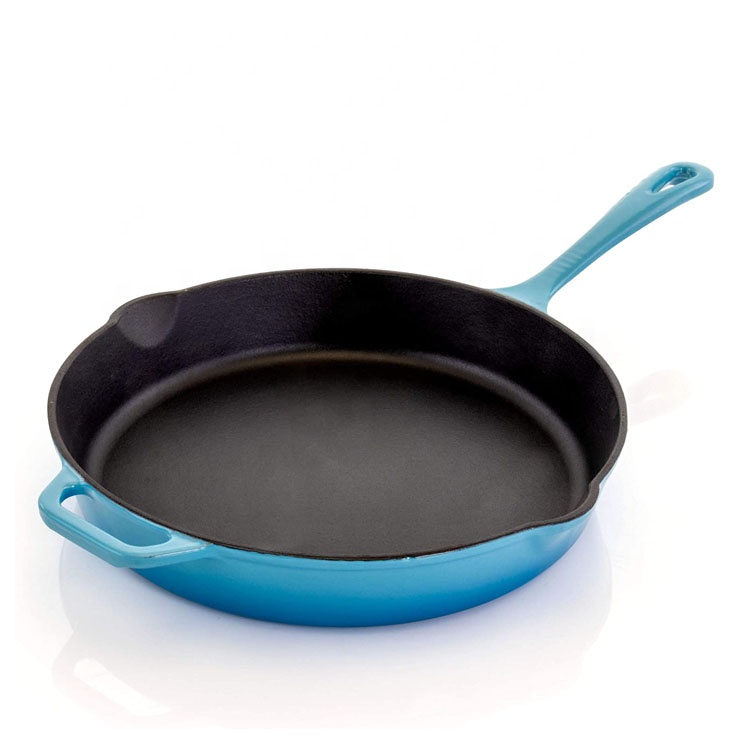...
2025-08-14 05:34
1825
...
2025-08-14 05:16
1298
...
2025-08-14 05:10
632
...
2025-08-14 04:56
499
...
2025-08-14 04:34
227
...
2025-08-14 03:49
1919
...
2025-08-14 03:23
797
...
2025-08-14 03:19
328



